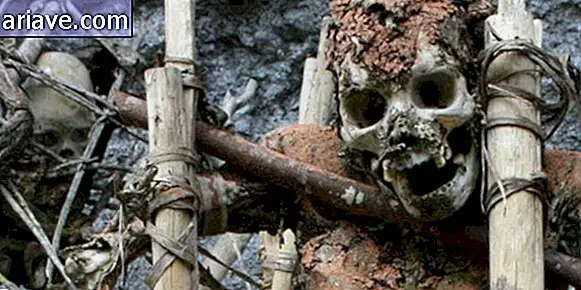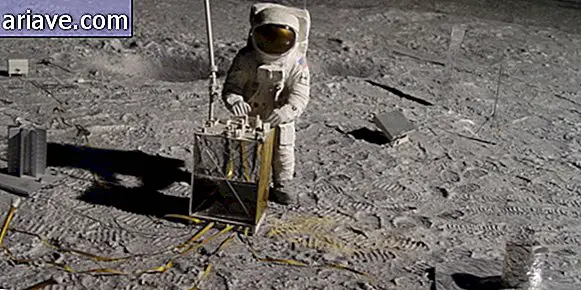By a close call: Did you know that humans were almost extinct thousands of years ago?
The current world population amounts to approximately 7.4 billion people. That's a lot of people - especially if we think that if we could put everyone on a scale, the weight would amount to over 340 billion pounds.
This is what, according to most projections, the world population continues to multiply and could exceed 9 billion by 2050! With these absurd numbers in mind, it's hard to imagine that by the year 70, 000 BC, we humans almost disappeared completely from the planet. However, according to Robert Krulwich of the npr portal, our species has not been nearly extinct!
That was close
According to Robert, studies have revealed that thousands of years ago, humans totaled a mere 1, 000 adults of reproductive age - and even research (quite pessimistically!) Found that this number was only 40 pairs. In the whole world. Only.

However, Robert argues that the population of Homo sapiens is most likely to have fallen dramatically, and between 5, 000 and 10, 000 individuals have remained on the face of the earth - divided into humble groups of hunters and gatherers who were able to resist even that at the end of the Stone Age our species began to show signs of recovery. “How was this going to happen?” You might be wondering.
Megacolossal eruption
You may have never heard of a supervolcano named Toba. Located in Sumatra, Indonesia, it erupted - guess what! - around 70, 000 BC and resulted in the release of about 2, 800 cubic kilometers of material into the earth's atmosphere.

To give you an idea of the scale of the problem, Vesuvius, which caused the destruction of Pompeii around 79 BC, expelled 3 cubic kilometers of rocks pulverized into the atmosphere, and Tambora, which erupted in 1815 and killed more than 70, 000. people expelled 80 cubic kilometers of material.
The Toba blast was the largest ever recorded on the planet and resulted in the accumulation of 6 inches of ash across southern Asia, the Indian Ocean and the Arabian Sea and South China - which can be verified to this day in geological deposits. .
Catastrophic consequences
It is estimated that the amount of vapor, ash and dust released into the atmosphere has reduced sunlight intensity for six years, disrupted the seasonal rainfall cycle, “clogged” springs, and covered miles upon miles of vegetated areas. volcanic material.
As a result, plants and fruit trees were dying, animals were becoming scarcer, and humans occupying eastern Africa - the region across the Indian Ocean from Mount Toba - probably began to starve. Moreover, it seems that the over-eruption contributed to further lower the temperature of the planet, which was in a period of glaciation.

According to some experts, there is evidence that the average temperature of the earth has dropped to over 20 ° C in certain regions. So it is not too much to imagine that the vegetation covering the lush African meadows was shrinking as well as the availability of food, and the populations of our ancient ancestors were shrinking with them - and it was quite close that they did not disappear altogether.
Luckily, according to Robert, humans resisted. However, it took until we could add 1 billion inhabitants - almost 200, 000 years, to be precise, in 1804. Since then, the world's population has been experiencing a period of remarkable growth, but it is undeniable that the event that almost led us to extinction is still a sinister reminder of our vulnerability as a species.

More than 70, 000 years ago, it was the explosion of a supervolcano that caused us to almost disappear from the face of the earth. Who now guarantees that a pandemic, strong climate change, conflicts overflowing with scarce resources or - why not? - won't a major natural disaster threaten our existence again?
***
* Posted on 25/04/2016











